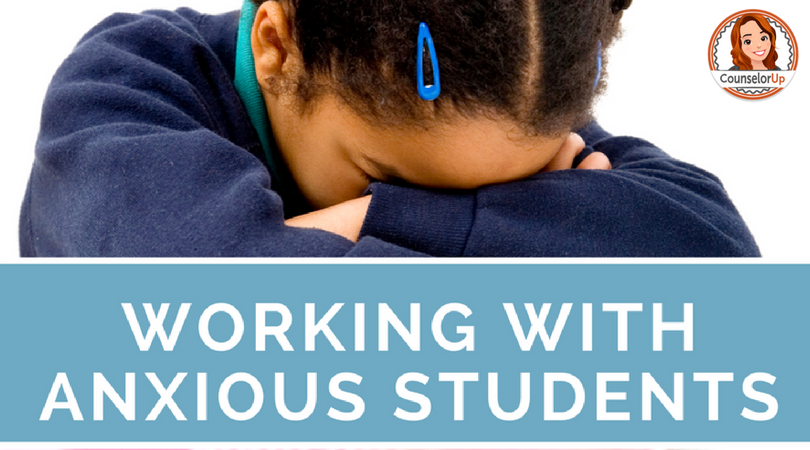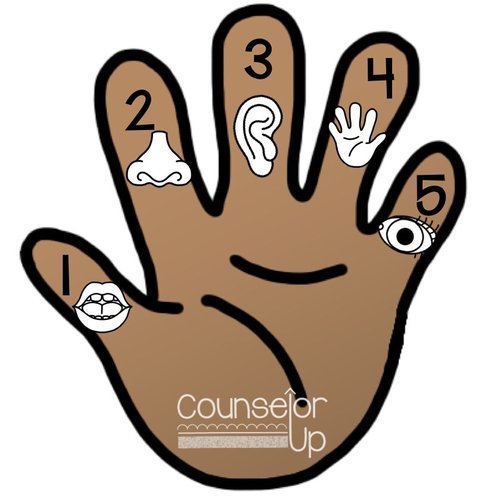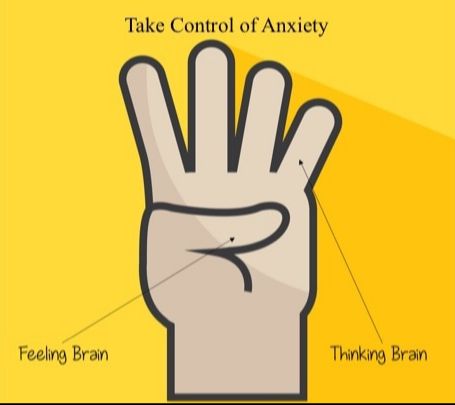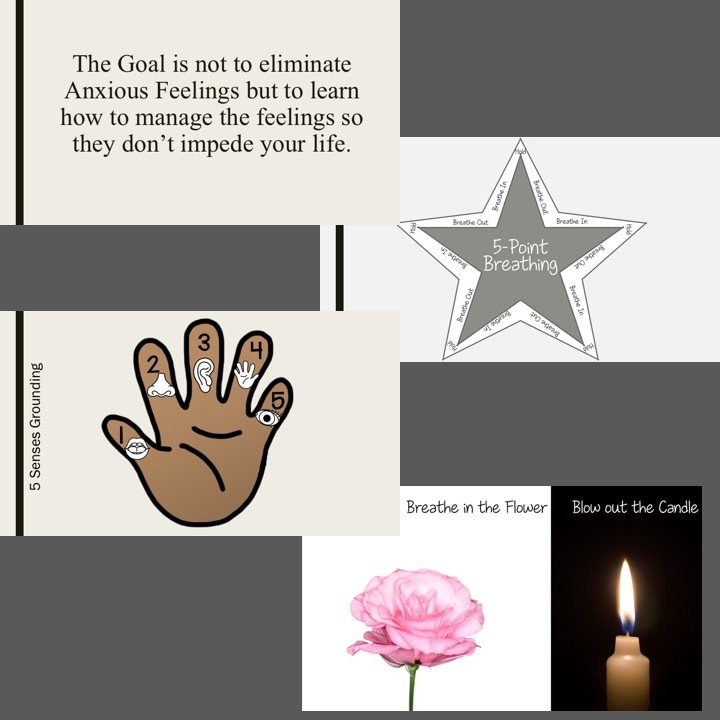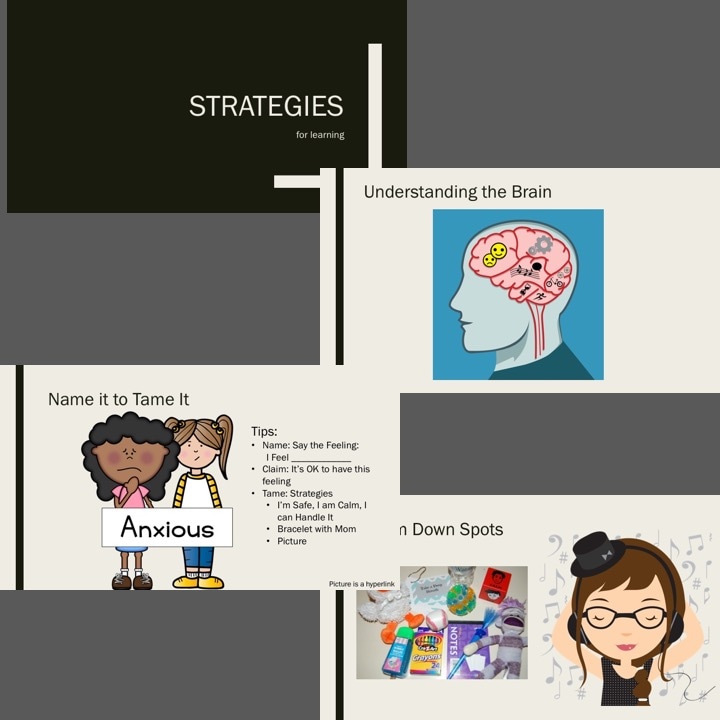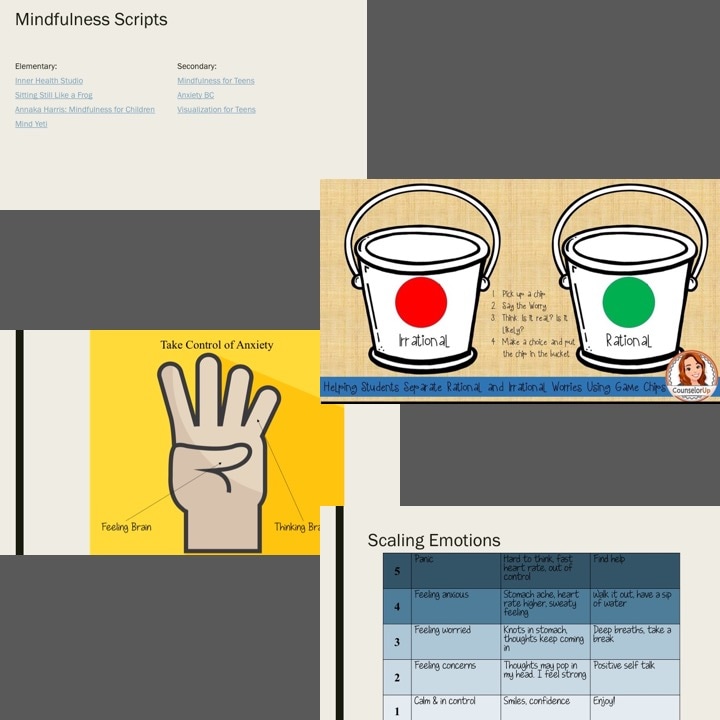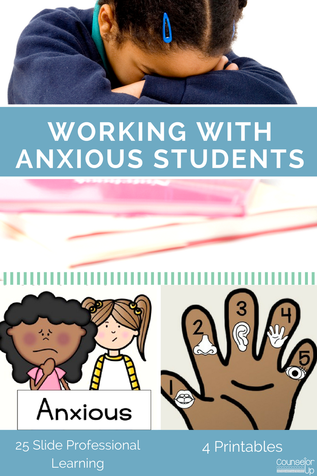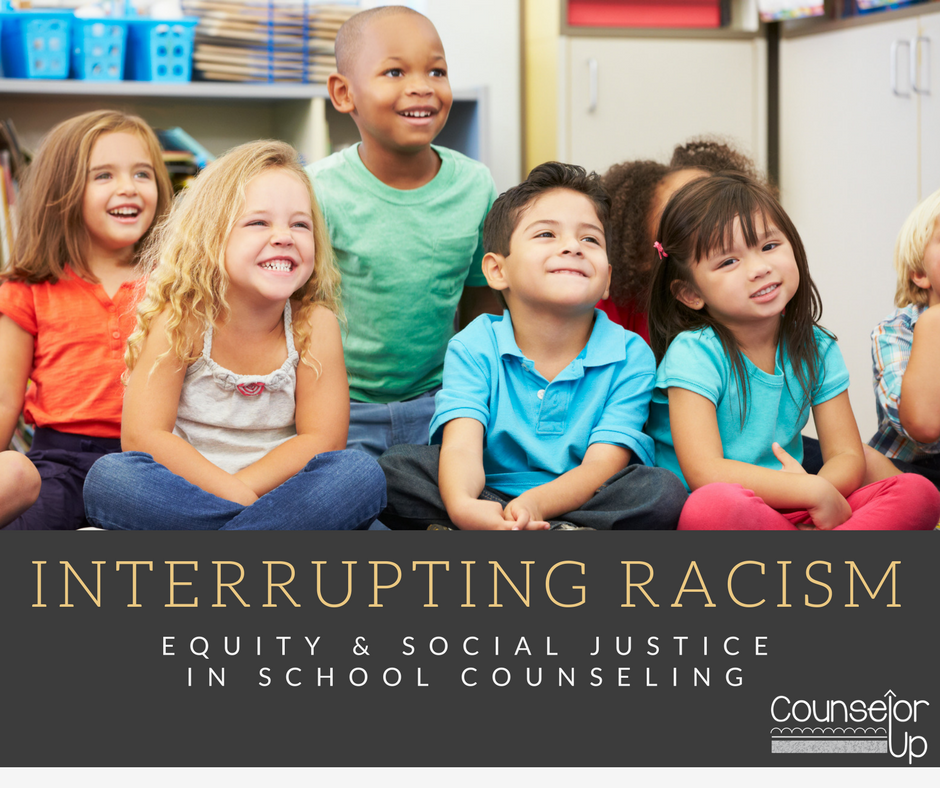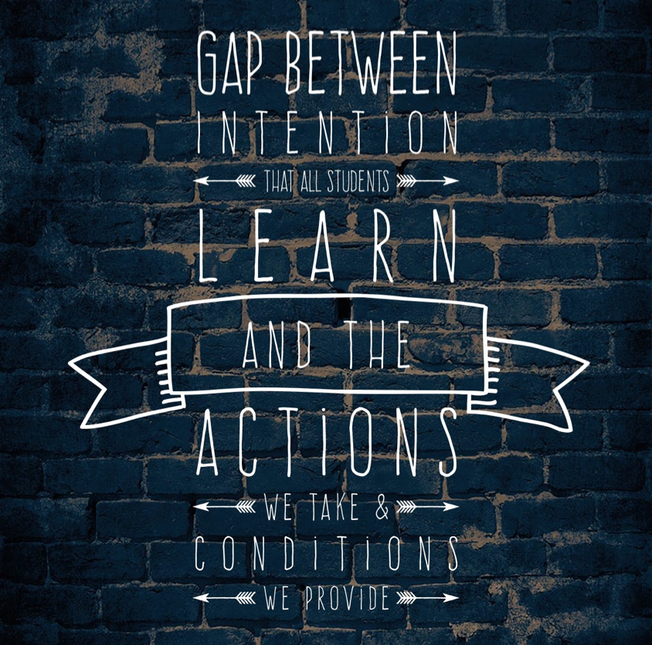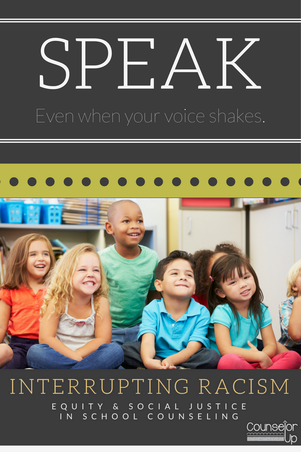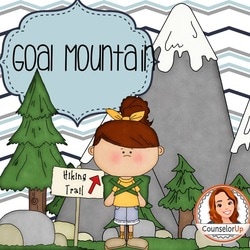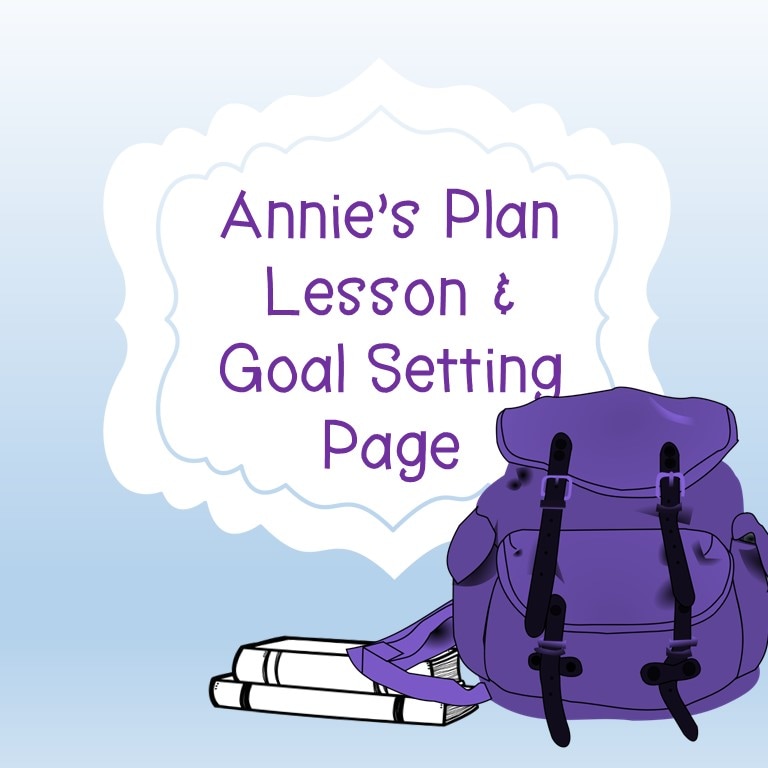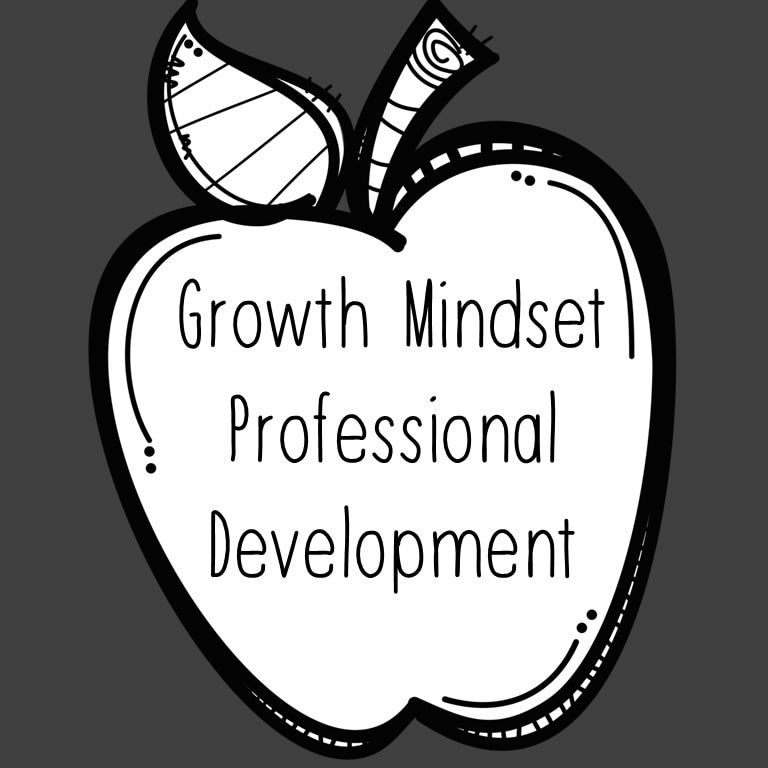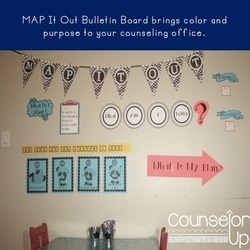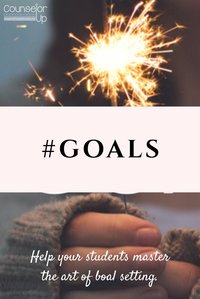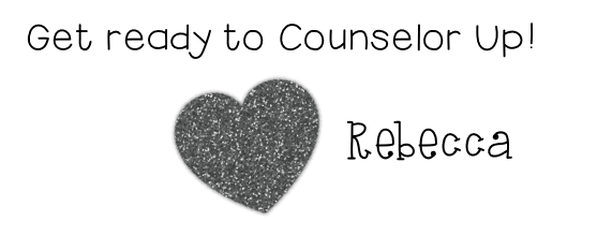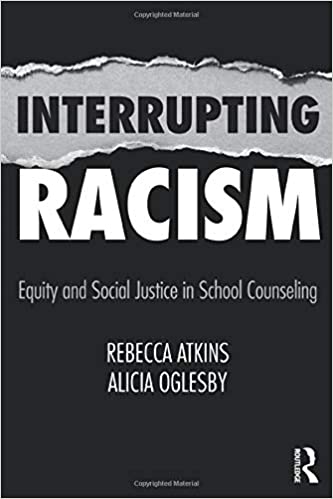Strategies for Calming
- 5 Senses Grounding: Suggest naming 5 things you can see, 4 things you can feel, 3 things you can hear, 2 things you can smell, and 1 thing you can taste. I've created a photo to go along with the concept. Feel free to right click and save or download the printable from TPT.
- 5 Point Breathing: Practice slow, deliberate breathing by following the outside of a star. As you trace around the star with your finger - breathe in, breathe out and hold at the tips of the star.
- Breath in the flower, blow out the candle: a good visual for younger students. I actually kept a fake flower and unlit candle in my office as a visual
- Calm down spot: not just for littles. Can include music, gum, putty, coloring - whatever is appropriate for your age group.
Strategies for Learning
I have compiled these strategies and more in a professional learning presentation. You can share this in a PLT, use in a parent conference, or refresh your own strategy toolbox. I've even added 4 printables of the senses grounding and the 5 point star breathing. Please check it out on TPT! What are your go-to strategies for working with anxious students?

